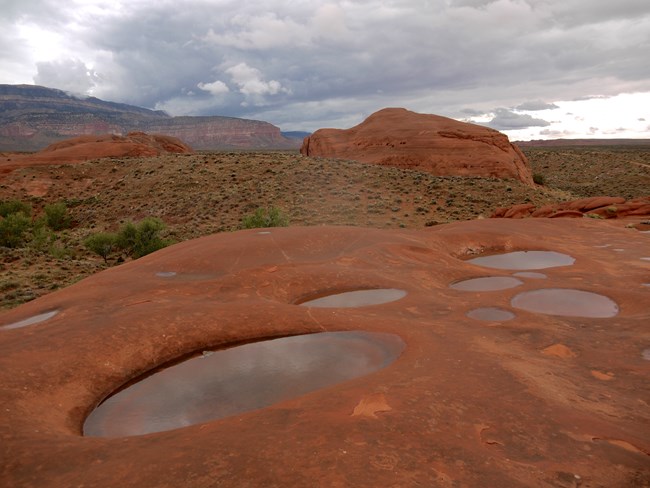Learn about NRCAs
The Natural Resource Condition Assessment (NRCA) Program provides framework, funding, and publishing support to parks to aid in the synthesis and documentation of natural resource conditions. Condition assessment reports are a tool to describe selected park resources, and record a snapshot of their current condition, identify trends, and identify potential or current threats and stressors. Understanding the condition and trend of natural resources is key for parks and NPS planners to appropriately prioritize and allocate stewardship resources.

GLCA’s larger perennial rivers include the Colorado, Escalante, Dirty Devil, San Juan, and Paria, with smaller perennial and intermittent streams flowing into each of these rivers. After the creation of the Glen Canyon Dam, Lake Powell formed, covering 13% of the park’s total land area when full.
The national recreation area attracts over 4 million visitors annually, and in 2019 GLCA ranked 19th highest in recreational visits out of all national parks.
For other reports and natural resource datasets visit the NPS Data Store.
Source: NPS DataStore Collection 7765 (results presented are a subset). To search for additional information, visit the NPS DataStore.
Last updated: July 15, 2022
